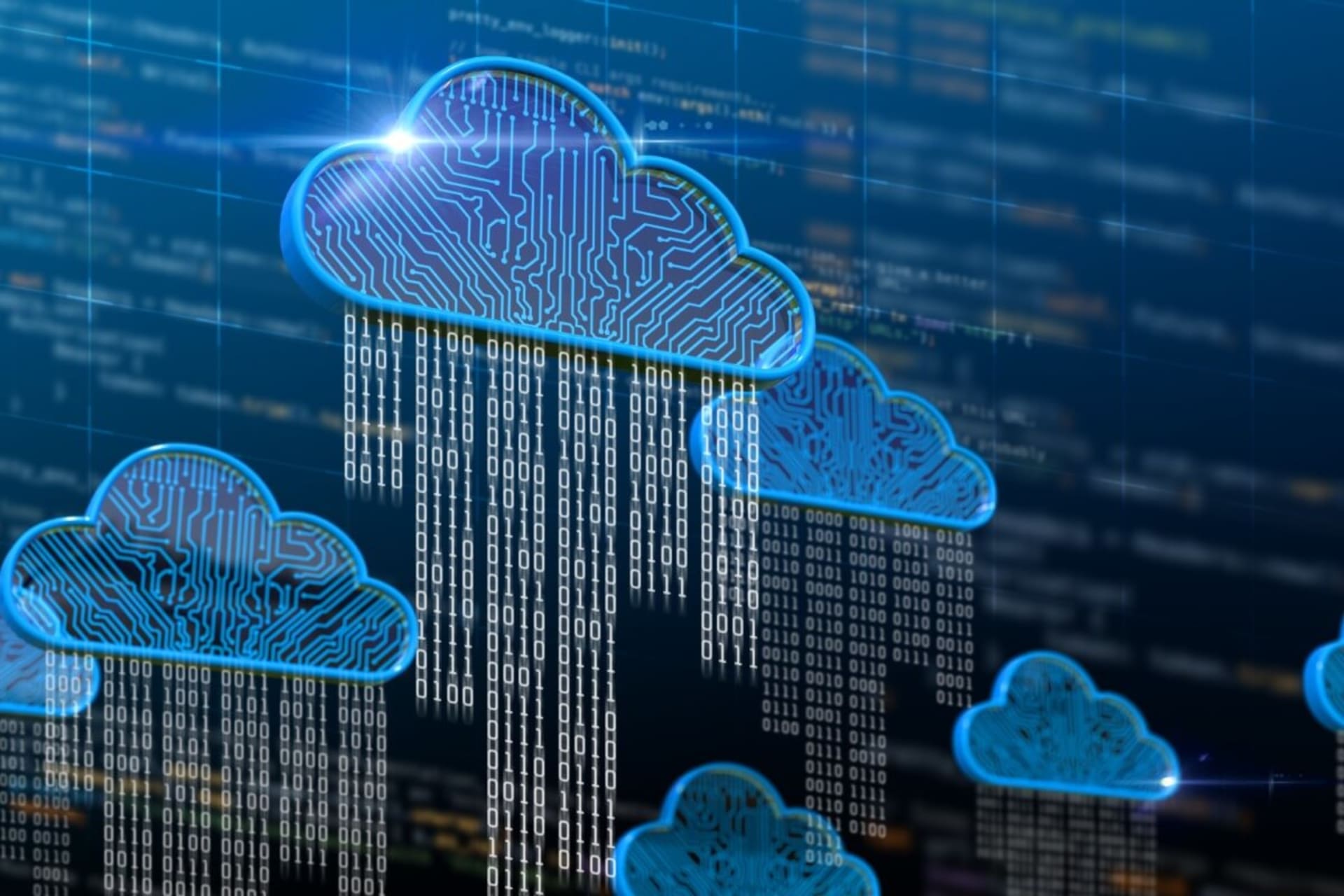Cloud computing has gained in popularity since it became available in the late 1990s. There are many reasons for it, including scalability, business continuity, and the reduction or elimination of costly hardware and accompanying maintenance. And it continues to evolve. Gartner expects end-user spending on public cloud services to exceed $480 billion in 2022. The following video describes the primary benefits of cloud computing.
So, what are the trends driving this market? What technologies help cloud computing become even more effective? What are the benefits of modern cloud computing? How can you prepare your company for the future of cloud computing? And what’s next after cloud computing? In the sections below, we explore these questions and more.
What Is the Future of Cloud Computing – Trends and Technologies?
So, where is cloud computing going? Watch for the following emerging trends in the second half of 2022 and in the coming years.
- Cloud services. Companies can take advantage of multiple types of cloud services, including infrastructure as a service (IaaS), platform as a service (PaaS), and software as a service (SaaS).
- Increased storage capacity. Big data is getting bigger all the time, and more companies are taking advantage of it to perform analyses that help them make smart business decisions. The future of cloud storage includes offerings to support this growth.
- Internet of Things (IoT). IoT devices need somewhere to send the data they collect. Cloud services enable users to set up secure data collection and analysis environments for this purpose.
- Multi-cloud environments. Companies are transitioning from using just one cloud service to using many for various purposes. For example, a business might use one provider for IaaS and another to host productivity tools.
New Technologies That Will Transform Cloud Computing Services
These latest technologies in cloud computing and accompanying trends will yield the following benefits for users of cloud computing services.
- Economic benefits. Increased use of cloud services and virtualization enables companies to cut their hardware and maintenance costs. Additionally, as AI becomes more sophisticated, analysis can be performed without the need for human interaction.
- Improved security. Cloud computing options provide a higher level of security than many companies achieve with on-site models.
- Real-time insights. Businesses need insights gleaned from data both within and outside of the company to help them make smart decisions. Cloud computing provides storage and analysis capacity to obtain those insights based on immediate needs.
- Speed and agility. Cloud computing offers the efficiency that enables companies to develop more quickly, innovate readily, respond to customer demands, and reduce time to market. All these factors help increase sales and revenue.
- Sustainability. Given its affordability, flexibility, security, and utility, cloud computing as part of an overall computing strategy is a sustainable resource for many companies.
Prepare Your Company for the Future of Cloud Computing
To make the most of cloud computing, businesses must find the right fit between the available services and their goals. The following tips can help jump-start a cloud strategy.
Don’t give in to FOMO. Companies may be tempted to take a “fear of missing out” or FOMO approach in which they rush to move certain processes to the cloud just because others — perhaps competitors — are doing so, instead of first thinking through the “why.” Cloud computing services are useful only if they support company goals.
Manage multi-cloud deployments smartly. Another aspect of cloud computing that’s important to consider carefully in advance is multi-cloud deployments. According to Gartner, the best strategy is to “choose a primary, preferred provider, and then when the organization has business requirements that the provider cannot meet, add additional providers in an orderly fashion driven by specific business needs.”
Prioritize resilience. Use strategies such as distributed cloud services to ensure customers will continue to be able to access your services even if something goes wrong with a particular server or provider.
Train your own talent. Skilled IT professionals are hard to find, so it could make sense to train your own talent. Start with your current IT team to find out if anyone would like to build their skills in cloud deployment. But don’t overlook other teams. Who knows, you might have a budding developer working in marketing or HR.
What Comes Next After Cloud Computing?
While the potential for continued evolution in cloud computing is high, other technologies are emerging that take computing to the next level. Some of them are listed here.
- Distributed cloud computing. This cloud method involves data being stored and processed at various locations and on different servers. The purpose is to create redundancy that enables your services to continue even if there is a problem with one of the servers.
- Edge computing. Some computing situations require data to be kept closer to its source. For example, a company might need data from IoT devices to be analyzed to find only specific information to be sent to the cloud. An example is analyzing shots from video cameras and maintaining only those that show motion. This type of processing is known as edge computing.
- Hybrid cloud. Hybrid cloud computing connects public and private technologies with a common interface to gain the best of both worlds. Such an approach is useful for companies that have various use cases involving different types of data — such as product and customer information — with their own accessibility and governance requirements.
- Serverless functionality. Serverless development enables software engineers to create applications without having to manage servers. There are still servers involved, but they are maintained separately from the secure, pay-as-you-go development environment.
- Sky computing. What’s beyond the cloud? The sky! This computing model is actually already in use and known by another name: multi-cloud. As described above, it involves using different cloud services for unique tasks based on the specializations of those services, such as storage or development.






